Filter by
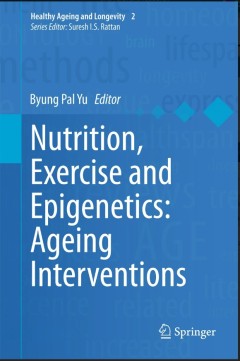
Nutrition, Exercise and Epigenetics: Ageing Interventions
This book focuses on the three most important aspects of ageing research: nutrition, physical exercise and epigenetics. The contributors discuss ways that age-related epigenetic imprints such as DNA methylation and histone acetylation are modified by these two interventions. The emphasis on epigenetics helps to illuminate the underlying mechanisms of anti-ageing interventions, as ageing and dis…
- Edition
- 1
- ISBN/ISSN
- 978-3-319-14829-8
- Collation
- VIII, 278
- Series Title
- Healthy Ageing and Longevity
- Call Number
- -
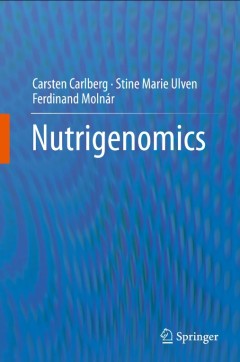
Nutrigenomics
The fascinating area of Nutrigenomics describes this daily communication between diet, food and nutrients, their metabolites and our genome. This book describes how nutrition shapes human evolution and demonstrates its consequences for our susceptibility to diseases, such as diabetes and atherosclerosis. Inappropriate diet can yield stress for our cells, tissues and organs and then it is often …
- Edition
- 1
- ISBN/ISSN
- 978-3-319-30413-7
- Collation
- XXI, 222
- Series Title
- -
- Call Number
- -
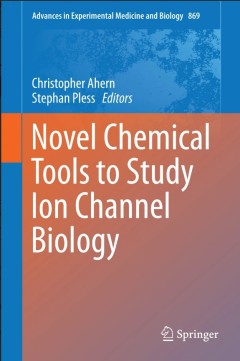
Novel Chemical Tools to Study Ion Channel Biology
This volume describes chemical approaches to assess ion channel structure, function and pharmacology. Topics discussed include the use of engineered ionizable side chains to obtain information on permeation pathways and the local environment; the modification of engineered cysteine side chains, including cysteine scanning mutagenesis and the attachment of fluorescent probes and bio-reactive tet…
- Edition
- 1
- ISBN/ISSN
- 978-1-4939-2844-6
- Collation
- VIII, 154
- Series Title
- Advances in Experimental Medicine and Biology
- Call Number
- -
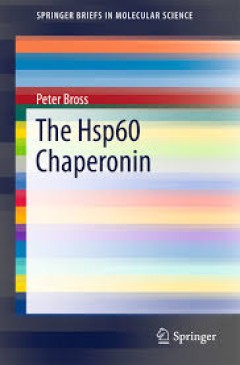
The Hsp60 Chaperonin
In this unique overview of the Hsp60 chaperonin, Peter Bross addresses molecular biologists, medical research scientists and individuals interested in molecular or general biology. First, Bross discusses the basics of the Hsp60 chaperonin in terms of its structure and the molecular mechanisms determining its function. Second, the author highlights the multiple roles of Hsp60 for cellular system…
- Edition
- 1
- ISBN/ISSN
- 978-3-319-26088-4
- Collation
- XV, 85,15 b/w illustrations, 4 illustrations in colour
- Series Title
- SpringerBriefs in Molecular Science
- Call Number
- -
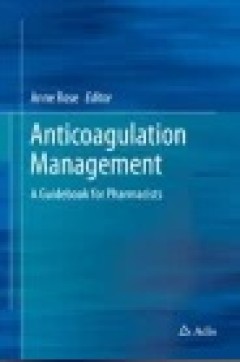
Anticoagulation Management: A Guidebook for Pharmacists
In addition to acting as a training guide for pharmacists, pharmacy residents and pharmacy students who seek to practice in areas associated with patients on anticoagulant therapy, the information presented within highlights the growing role of the pharmacist in these contexts. Readers will find useful information on anticoagulant management across all pharmacy practice areas, including the inp…
- Edition
- Ed. 1
- ISBN/ISSN
- 978-3-319-22602-6
- Collation
- XVI, 274
- Series Title
- -
- Call Number
- 615.542 ANT a
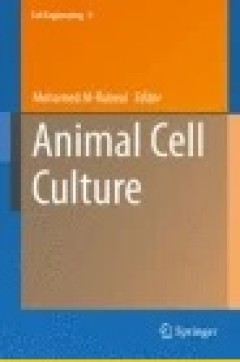
Animal Cell Culture
Animal cells are the preferred “cell factories” for the production of complex molecules and antibodies for use as prophylactics, therapeutics or diagnostics. Animal cells are required for the correct post-translational processing (including glycosylation) of biopharmaceutical protein products. They are used for the production of viral vectors for gene therapy. Major targets for this therapy…
- Edition
- Ed. 1
- ISBN/ISSN
- 978-3-319-10320-4
- Collation
- XII, 763
- Series Title
- Cell Engineering
- Call Number
- 574.87 ANI a

Analysis of biological processes: Verbal description, schemes, and mathematic…
The main concern of the book is analysis of biological processes, the final stage of which is mathematical modeling, i.e. quantitative presentation of the processes in rigorous mathematical terms. It is designated for non-mathematicians. Mathematical models can be compared with experimental data thus verifying the validity of the models and finally of the initial assumptions and verbal descript…
- Edition
- Ed. 1
- ISBN/ISSN
- 978-94-017-7373-7
- Collation
- XIV, 166
- Series Title
- -
- Call Number
- 515.7 JUS a
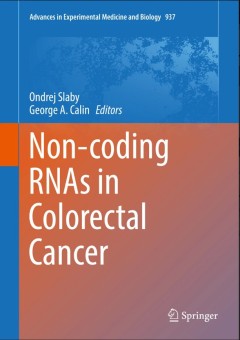
Non-coding RNAs in Colorectal Cancer
This is the first book to provide a broad framework for obtaining an in depth understanding of the state-of-the-art knowledge on abnormalities of non-coding RNAs found to be associated with colorectal cancer pathogenesis. Readers will discover possible mechanisms underlying the substantial roles played by non-coding RNAs in molecular hallmarks of colorectal cancer.This work further provides the…
- Edition
- 1
- ISBN/ISSN
- 978-3-319-42057-8
- Collation
- VIII, 252
- Series Title
- Advances in Experimental Medicine and Biology
- Call Number
- -
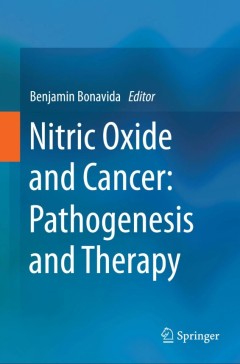
Nitric Oxide and Cancer: Pathogenesis and Therapy
Advances in Nitric Oxide and Cancer is a volume that serves to give the latest research on nitric oxide (NO) and cancer. More specifically, the volume reviews significant advances in the application of NO-mediated drugs. The volume explores nitric oxide and its relationship to cancer spanning from its roles in the pathogenesis, prognosis, gene and protein modifications, regulation of resistance…
- Edition
- 1
- ISBN/ISSN
- 978-3-319-35259-6
- Collation
- XXIII, 308
- Series Title
- -
- Call Number
- -
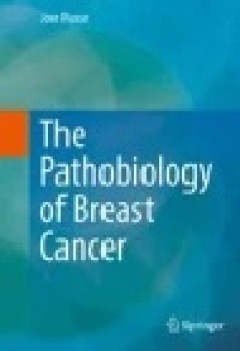
The Pathobiology of Breast Cancer
This monograph, written by well renowned breast cancer expect, Dr. Jose Russo, provides new insight on the pathobiology of breast cancer from the most current advances in the field, translational research, initiation and progression of the disease, the mechanism of invasion and metastasis and the concept of stem cells in treatment and drug resistance. The role of personalized medicine and genom…
- Edition
- -
- ISBN/ISSN
- 978-3-319-40815-6
- Collation
- XIV, 235
- Series Title
- -
- Call Number
- -
 Computer Science, Information & General Works
Computer Science, Information & General Works  Philosophy & Psychology
Philosophy & Psychology  Religion
Religion  Social Sciences
Social Sciences  Language
Language  Pure Science
Pure Science  Applied Sciences
Applied Sciences  Art & Recreation
Art & Recreation  Literature
Literature  History & Geography
History & Geography